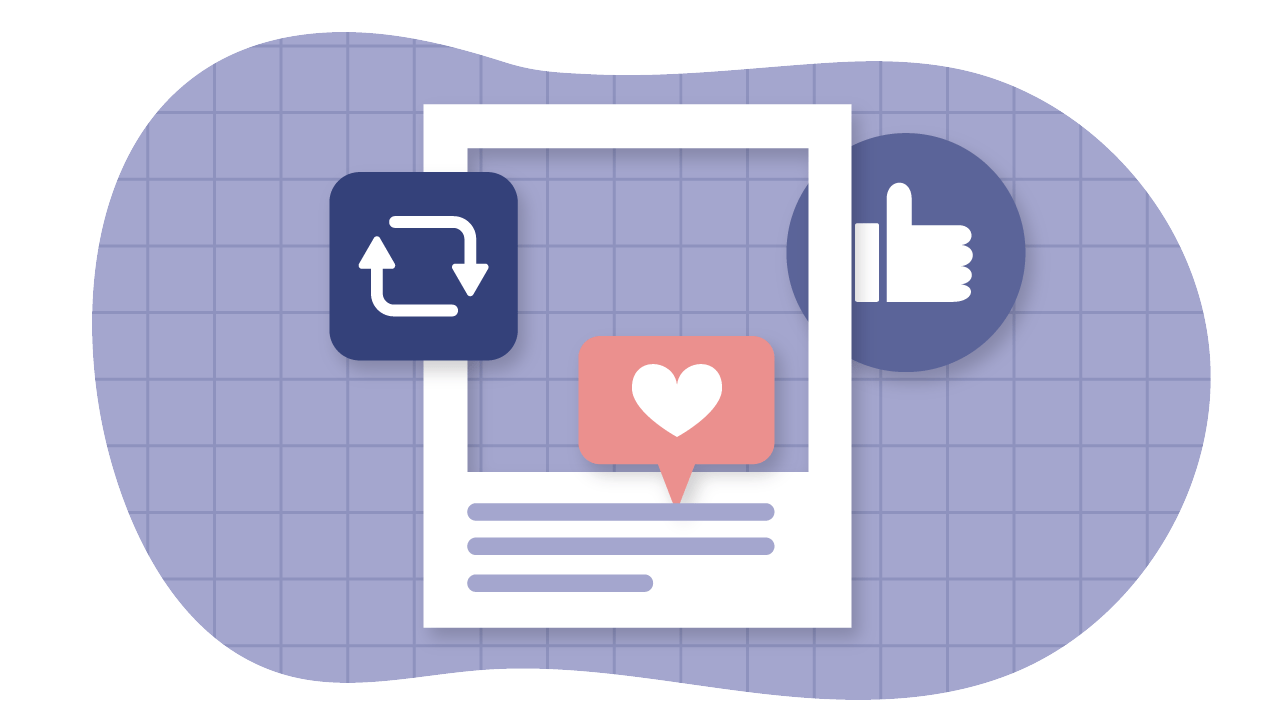Why Are Online Reviews So Important?
Online reviews are important when it comes to managing your brand’s online reputation. Here are 3 tips to help you boost your online presence.
You’ve just launched a social media campaign, and it’s time to review its metrics to see how it’s performing. When opening your analytics tool, you may notice two words, impressions and reach, seem to have similar meanings. Keep reading to find out the difference between social media impressions vs. reach so you can accurately measure the effectiveness of your content and marketing campaigns.
In general, reach measures how many people have seen your post, while impressions count how many times your post was displayed to those users. So, if you have an audience of 200 people and they all saw your post at least once, that means your reach is 200. If that post was shown to those users a total of 400 times, say twice per user, then that means your number of impressions is 400.
Since one person can have multiple impressions, impressions will always be higher than reach unless everyone in your audience only saw your content once.
Each major social media platform looks at and calculates these two metrics a bit differently. To accurately measure the success of your campaign, keep reading to gain a deeper understanding of how these two metrics differ across different social media channels.

Facebook describes reach as the estimated number of accounts who viewed your post and describes impressions as the number of times your content was displayed on screen. So, basically, it calculates impressions based on the number of times your piece of content appears on screen for the first time.
Facebook impressions for videos are counted the same way. For instance, if an audience member scrolls down their news feed and sees your post, continues scrolling, and then scrolls back up to it again, that counts as one impression even though it technically appeared on their screen twice. You can view the reach of your posts and page through Insights. However, you can only see impressions through Ads Manager.
Instagram defines and measures reach and impressions similarly to Facebook – it describes reach as the number of unique users that have seen a post at least once. Plus, it shows a more detailed view of your total reach by separating reach from followers and non-followers. The platform defines impressions as the number of times your post was shown on those same users’ screens and further details it by total impressions, impressions from home, profile, and hashtags.

Unlike other platforms, Twitter does not track reach in its native app, but it does track impressions, engagement, and conversions. If you choose to use a third-party social media analytics tool to try and determine reach, it will likely show you the size of your audience and the number of accounts who saw your tweet.
Twitter measures impressions by how many times a user has seen your Tweet. This includes when your tweet appears in your followers’ timelines after posting it, in in-app search results, or when a user sees your tweet because someone liked or replied to it. So, if your latest tweet was seen 1,000 times, that means it has 1,000 impressions. If you then reply to that tweet as a part of a conversation or thread, and it’s seen 1,000 more times, that original tweet now has 2,000 impressions.
Tracking the right social media metrics can be tricky, but not with the right help. Whether building brand awareness or generating traffic, the team at Front Porch Solutions can help perfect your social media marketing strategies to analyze and drive results, no matter your marketing goals. Contact one of our digital marketing experts today for help with all of your social media management needs!
Fill out the form and we’ll be in touch as soon as possible.